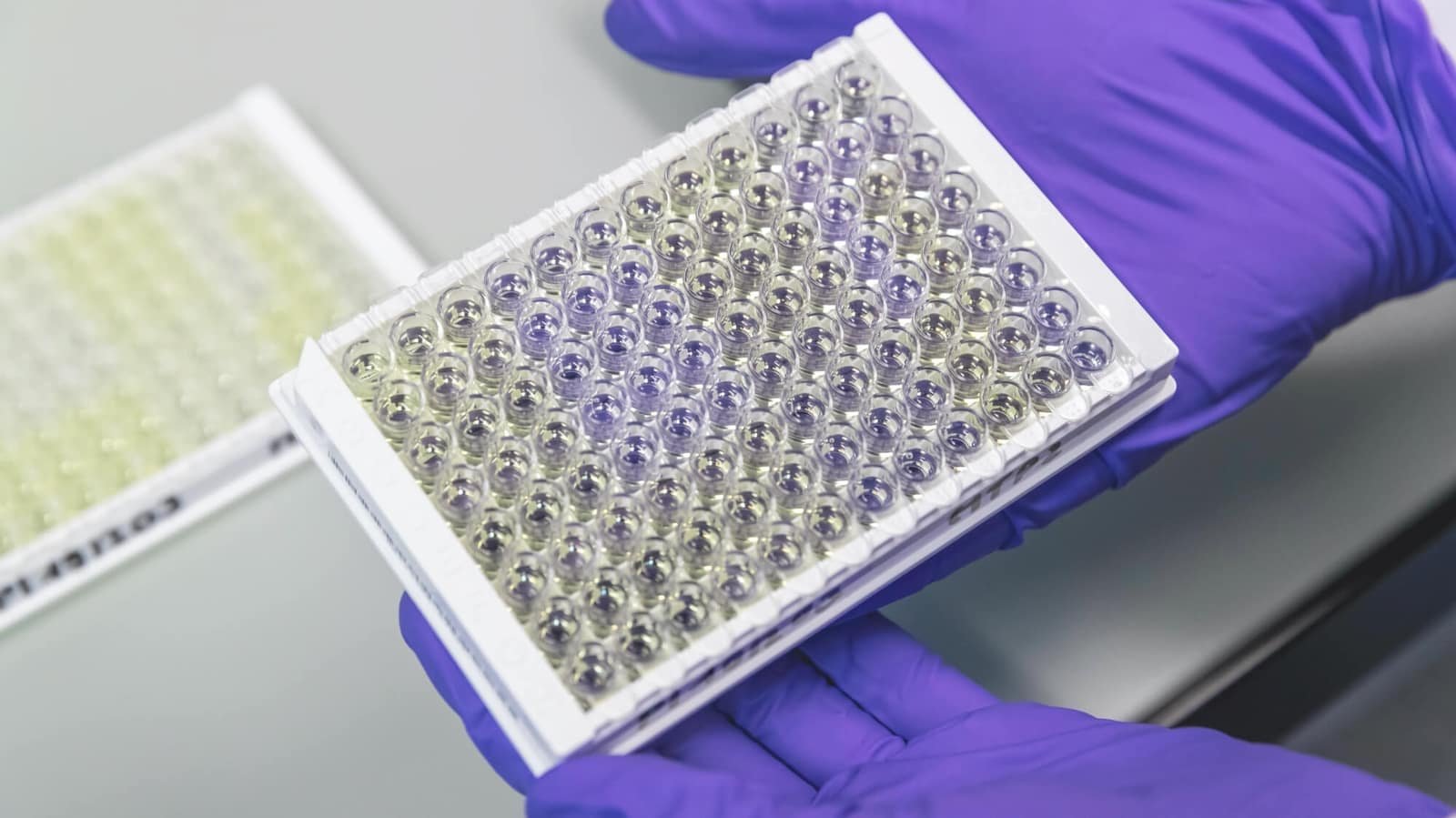Understanding Cytokine ELISA Kits and Their Diagnostic Applications
Introduction
Cytokines are small proteins crucial for cell signaling in the immune system. They play a significant role in inflammation, immune responses, and the development of various diseases. Accurate measurement of cytokine levels in biological samples is essential for understanding immune functions and diagnosing various conditions. Enzyme-linked immunosorbent assay (ELISA) is a widely used method for detecting and quantifying cytokines. This blog will explore cytokine ELISA kits, their components, how they work, and their diagnostic applications.
What is a Cytokine ELISA Kit?
A cytokine ELISA kit is a specialized tool designed to measure the concentration of specific cytokines in biological samples such as serum, plasma, or cell culture supernatants. These kits provide a sensitive, specific, and quantitative means of detecting cytokines, making them invaluable in research and clinical diagnostics.
Components of a Cytokine ELISA Kit
A typical cytokine ELISA kit includes:
Capture Antibody: This antibody is specific to the cytokine of interest and is coated onto the wells of a microplate.
Detection Antibody: This is also specific to the cytokine and is used to bind the cytokine captured by the capture antibody.
Standard Cytokine: Known cytokine concentrations used to generate a standard curve for quantification.
Enzyme-Conjugated Secondary Antibody: This binds to the detection antibody and is linked to an enzyme (commonly horseradish peroxidase) that produces a measurable signal.
Substrate Solution: This reacts with the enzyme to produce a detectable signal, usually a color change.
Stop Solution: This halts the enzymatic reaction, allowing for measurement.
Wash Buffer: Used to remove unbound substances between steps.
Sample Diluent: Used to dilute samples to appropriate concentrations.
How Does a Cytokine ELISA Work?
The cytokine ELISA procedure typically follows these steps:
Coating: The microplate wells are coated with the capture antibody.
Blocking: Any nonspecific binding sites are blocked to prevent background noise.
Sample Addition: Samples containing unknown cytokine concentrations are added to the wells.
Binding: Cytokines in the samples bind to the capture antibodies.
Detection Antibody Addition: The detection antibody is added and binds to the captured cytokine.
Enzyme-Conjugated Secondary Antibody Addition: This binds to the detection antibody.
Substrate Addition: The substrate reacts with the enzyme to produce a color change.
Signal Measurement: The color intensity, proportional to the cytokine concentration, is measured using a spectrophotometer.
Data Analysis: The cytokine concentration in the samples is determined by comparing the sample readings to the standard curve.
Diagnostic Applications of Cytokine ELISA Kits
Cytokine ELISA kits are extensively used in diagnostics for various diseases and conditions, including:
Inflammatory Diseases: Conditions like rheumatoid arthritis, inflammatory bowel disease, and asthma involve cytokine dysregulation. Measuring cytokine levels helps in understanding disease mechanisms and monitoring treatment responses.
Infectious Diseases: Cytokines play a vital role in the immune response to infections. ELISA kits can measure cytokine levels to monitor the immune response to bacterial, viral, and fungal infections.
Cancer: Cytokines are involved in tumor growth and the immune response to cancer. Measuring cytokine levels can help in cancer diagnosis, prognosis, and monitoring treatment efficacy.
Autoimmune Disorders: Conditions like lupus and multiple sclerosis involve abnormal cytokine production. ELISA kits can help diagnose these disorders and assess disease activity.
Allergic Reactions: Cytokines are key mediators in allergic responses. Monitoring cytokine levels can aid in diagnosing and managing allergies.
Conclusion
Cytokine ELISA kits are essential tools in both research and clinical diagnostics. They provide a reliable and quantitative method for measuring cytokine levels, which is crucial for understanding immune function, diagnosing diseases, and monitoring treatment responses. As technology advances, these kits continue to evolve, offering greater sensitivity, specificity, and ease of use, thereby enhancing our ability to study and diagnose a wide range of health conditions.







